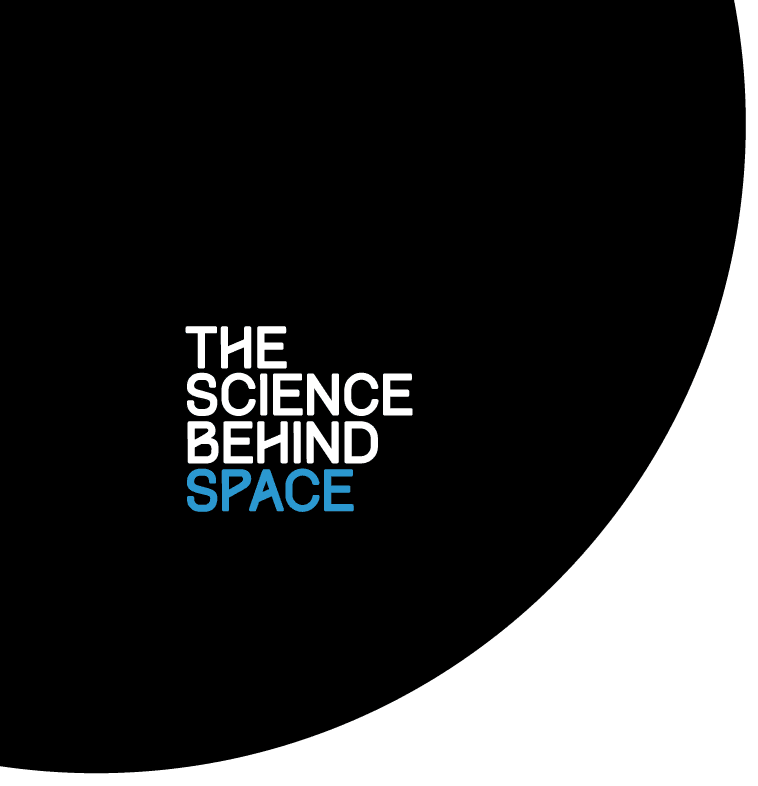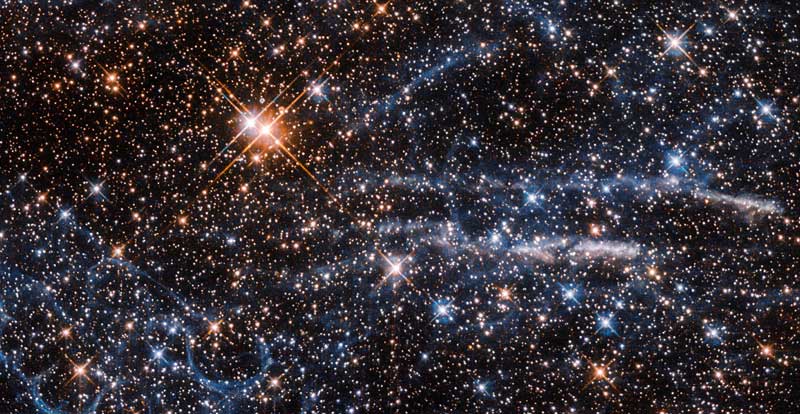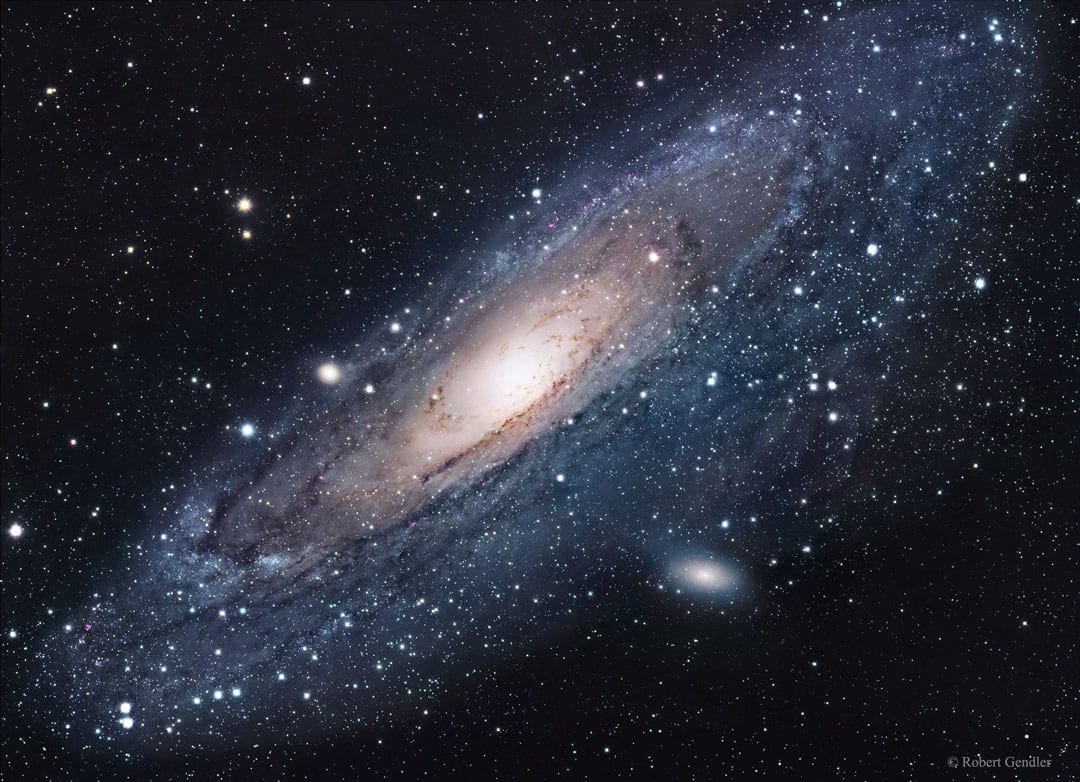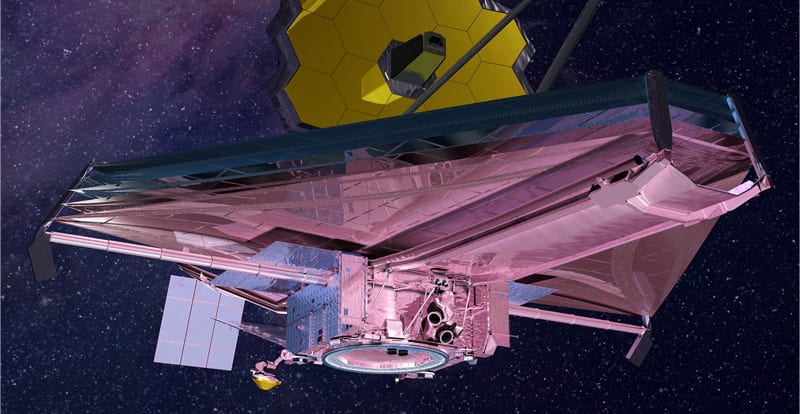what caused the universe to form from nothing


Space

Infinite
How did the universe begin? How will information technology cease?
Scientists think the universe began with a bang. A big blindside. The Large Blindside theory (no, non the TV show) is the virtually widely accepted theory for how the universe started. How it will end…that's a "dark" mystery.
Wait, outset at the kickoff. Of everything.
The Big Blindside theory says that the universe came into being from a single, unimaginably hot and dense point (aka, a singularity) more than than thirteen billion years ago. It didn't occur in an already existing space. Rather, it initiated the expansion—and cooling—of infinite itself.

Credit
Credit: NASA, ESA, the Hubble Heritage Team (STScI/Aura), A. Nota (ESA/STScI), and the Westerlund 2 Science Team
Why stand behind this theory?
It accounts for many of the things astronomers see through footing- and space-based telescopes. Information technology explains why other galaxies are moving away from us every bit space continues to expand. It accounts for a faint glow seen everywhere in the universe. (The glow is the leftover heat from the universe's nativity, now cooled to just a few degrees above absolute zero.) In brusque, information technology'southward a remarkably powerful and elegant explanation of how the observable universe came to be.
Anything else?
The theory accounts for the creation of the lightest elements in the universe—hydrogen, helium, and lithium—from which all heavier elements were forged in stars and supernovas. An extension of the Large Blindside, known as catholic inflation, fifty-fifty explains why the universe is so homogeneous (evenly equanimous) and how galaxies are distributed across space.
Cosmic inflation? Sounds bad.
Not that kind of inflation. Many features of today'southward universe brand sense if space underwent an extraordinary expansion very early on in its history. According to aggrandizement theory, the universe expanded dramatically a tiny fraction of a second after the Big Bang, driven past fantastic quantities of energy contained in space itself. Afterwards this flow of inflation, the universe continued to expand and absurd, but at a far slower step.
Inflation stretched space out so speedily that it became extremely uniform. But space is not completely homogeneous. Small fluctuations in the density of affair present in the very early universe were massively amplified during inflation. These density fluctuations eventually created the big-scale structure of the universe, including not bad sheets, bubbles, and clusters of galaxies.
That's the starting time. What about how the universe will end?
The concept of a Big Bang doesn't bespeak whether the universe volition continue to expand and cool or whether information technology will eventually contract to another super-hot singularity, mayhap restarting the entire cycle. The ultimate fate of the universe likely depends on the properties of two mysterious phenomena known equally nighttime affair and dark energy. Further study of both could reveal whether the universe will terminate in fire—or ice.
Like a history volume of galaxies, this NASA video starts with a view of the thousands of galaxies in the Hubble Ultra Deep Field, then slowly zooms out to reveal the 265,000 galaxies in the larger Hubble Legacy Field. Based on observations from the Hubble Space Telescope, the galaxies shown here stretch back through xiii.3 billion years of time to just 500 million years afterward the Large Bang. Credit
Credit: NASA, ESA, G. Illingworth (Academy of California, Santa Cruz) and G. Salary (STScI)
Dark what now?
All familiar affair—World, the residue of the solar system, stars, galaxies, and interstellar gas—accounts for only about one-6th of the mass of the universe. Scientists can encounter the effects of the rest of the universe's mass, which they telephone call dark matter. Its presence in galaxies makes them rotate more rapidly than if only normal thing were there, and high concentrations of it noticeably bend light coming from far away. But its nature remains a mystery.
So what is it?
Nighttime matter may consist of uncomplicated particles created in the Big Blindside but non nonetheless detected on Earth. One reason physicists want to build more powerful particle accelerators is to search for these missing particles.
Even more mysterious than nighttime matter is a force known equally night energy.
Why do I hear Darth Vader breathing?
This isn't science fiction. Observations of distant supernovae suggest that space is permeated by an energy—called dark energy—that pushes objects autonomously, just equally two positive electrical charges repel each other. This mysterious entity, which accounts for more than 70% of the energy content of the universe, may be related to the free energy that acquired aggrandizement.
Simply today nearly goose egg is known well-nigh what dark energy is or how information technology exerts its effects on thing. Explaining information technology may require entirely new concepts of space and time.
How have astronomers learned about the early universe?
When astronomers look through a telescope, they are looking dorsum in time. They meet the Andromeda milky way, the nearest major galaxy to ours, not as it is today but every bit it was more than than 2 million years agone, because that's how long information technology has taken the galaxy's calorie-free to travel through space to Earth.
Other galaxies are much farther away in space and time. The Hubble Infinite Telescope can run into galaxies that are more than than thirteen billion years old and formed not long after the Big Blindside. Observations have been made of the cosmic microwave background, the faint glow left over from the Big Bang, that aid to get a picture of what the early universe was like, especially before those first stars formed.

Andromeda Milky way—our nearest neighbour. Credit
Credit: © Robert Gendler
Where do nosotros go from here?
Astronomers are at present planning a suite of new infinite- and basis-based telescopes and smaller-calibration equipment and research. With these tools, they plan to study dark matter and night energy, the black holes at the center of galaxies, the formation of planets like Earth around other stars, and many other aspects of our astonishing universe.

An creative person's rendering of i of NASA's new telescopes—the James Webb Space Telescope. When it launches in 2021, it will use powerful infrared vision to peer into the deep universe. Credit
Credit: Northrop Grumman
Know it all? Prove it.
Source: https://thesciencebehindit.org/how-did-the-universe-begin-how-will-it-end/
0 Response to "what caused the universe to form from nothing"
Post a Comment